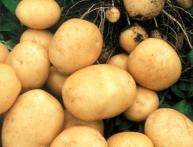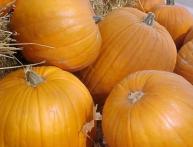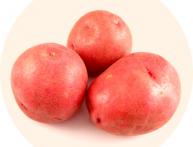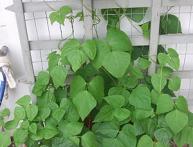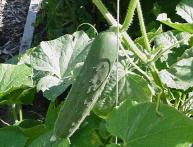Swiss chard
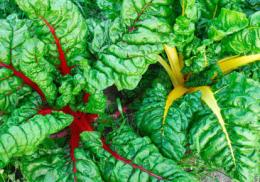
Leaf beet (chard) is a variety of ordinary beet grown in almost every household plot. Unlike ordinary beets, leaf beets are richer in vitamins, sugars and proteins, contain carotene and microelements such as iron, potassium and sodium.
Currently, several varieties of leaf beets are cultivated, differing in size, thickness and color of petioles (from white to crimson). Swiss chard can not only diversify the diet, but thanks to its beautiful appearance, it can decorate any flower bed.
In Europe, Swiss chard is called chard and is widely cultivated. Chard is easy to care for and tolerates cool temperatures well. Therefore, even in central Russia it can be planted as early as April.
The second planting is usually carried out in July, and the last one in September. Thus, green harvests can be obtained uninterruptedly.
For an early harvest, leaf beets can be planted before winter, together with or a little later than winter garlic.
Before planting, the seeds are soaked in a manganese solution for 1.5-2 hours. It is better to place the bed for chard in a sunny place, dig it with any organic fertilizer and loosen it thoroughly. Seeds are planted in moist soil to a depth of 2-3 cm, at a distance of 20-25 cm from each other.
During the growth period, chard needs abundant watering, otherwise the leaves will be very hard and tasteless.
Harvesting begins when the plant has formed a rosette of 5-7 leaves.Large leaves are cut off completely, leaving the smallest ones in the center. After collecting the leaves, the plant must be watered.

